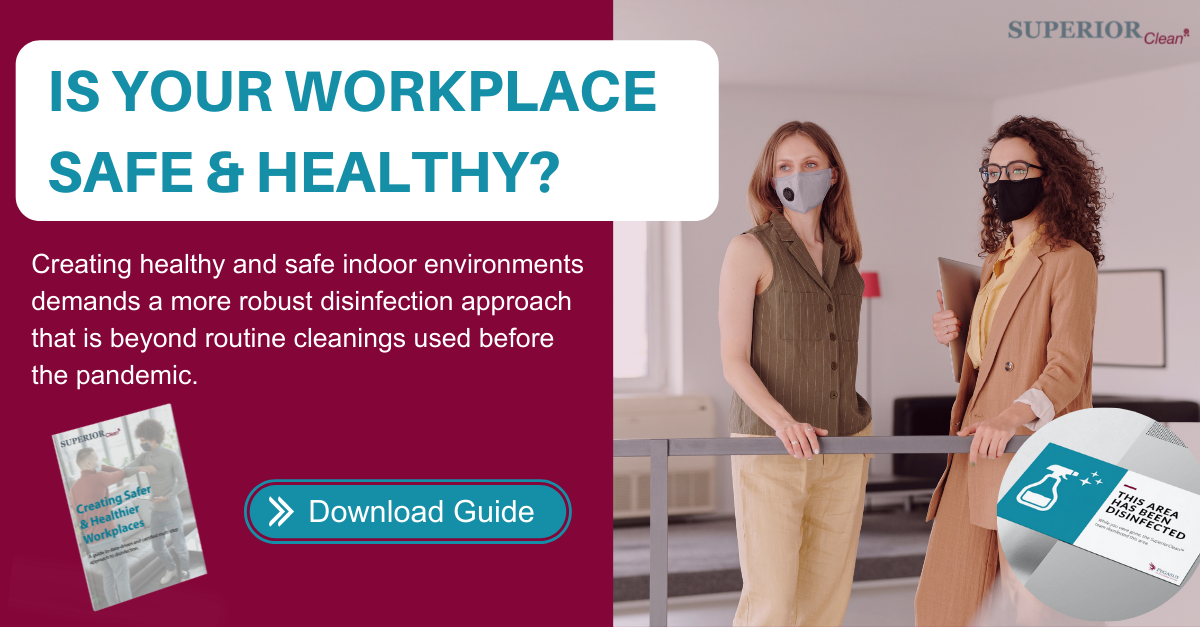It's no secret that the COVID-19 virus has changed the way we live, play, and, in many cases, work. Many companies sent employees home to work to help slow the spread, but with the release of the vaccines came a bit of normalcy — enough that employees are slowly but surely becoming reacquainted with working in person.
Return to work success following a global pandemic, extended medical leave, or any other sabbatical requires understanding leadership, of course, but even more importantly, a solid return-to-work (RTW) strategy.
In this article, you, a facility manager or supervisor, will learn exactly what an RTW strategy is, why it matters, and how you can develop one that benefits both you and your employees. Keep reading to find out the answers to these questions and more!
What is a return-to-work strategy?
A return-to-work strategy is precisely what its name implies: a process by which an employee can return to the workplace after a hiatus as quickly and smoothly as possible. While each company's specific RTW strategies may differ, the overall goal remains the same. Each facility manager who establishes and utilizes a return-to-work strategy is setting out to meet the needs of both the employer and his employees as they ease back into the work routine and relationship.
Why is developing a return-to-work strategy important?
There are several reasons why a facility manager should consider developing RTW strategies, the first being that specific plans like this can raise employee morale.
If your workers know that company management is willing to work with them and not against them as they transition back to the workplace, they will likely feel more secure in their roles. That new level of security will show up in the quality of their work, and you'll be glad you made an effort to phase them back in comfortably.
However, employees aren't the only ones who will benefit from an RTW strategy. Using these plans consistently can lead to better relationships between a company and its workers since RTW strategies and other similar office improvement ideas are great for showing employees that they are cared for.
Plus, they help you cut down on employer costs. Think about it: if you don't have a way to efficiently ease an employee back into their position at the office, you may have to hire a temporary replacement. A return-to-work strategy accounts for your employee being gone ahead of time, keeping you from having to hire and train an often expensive temporary replacement on the spot.
5 Things to Consider for Return to Work Success
So, now that you have a clearer understanding of what RTW strategies are and why it is helpful for any business owner and facility manager to have them in place, you need to know how to establish your own.
As you formulate your own ideas for a return-to-work plan, keep these five concepts in the back of your mind.
Research
If you want to know which RTW strategies work and which you could probably go without, you'll need to dig deep — find out what other companies, studios, or office spaces in your industry are doing to get their employees back to the regular routine and see if any of the research you stumble upon is relevant or valuable to your current clients.
Plan
Once you've concluded your interviews and organized data, take the information you learned and run with it. Plan to use all of the good, relevant stuff as you figure out what works, and feel free to skip any parts that aren't cute getting the job done.
Hire
As we mentioned above, it's not always ideal to hire or train a temporary employee, but sometimes, it does make things easier. Hiring a temporary worker can certainly make things easier if you have an employee out on particularly extended leave or working a job that simply can't be done partially online.
Implement
How will you put your RTW strategies into practice? For example, suppose your plan for bringing employees back into the workplace safely and comfortably includes adding more sanitization and disinfection practices. In that case, you'll need to devise practical ways to make that happen, like participating in Pegasus Clean's SuperiorClean Program and scheduling times for workplace inspections.
Communicate
Last but certainly not least is to communicate. Take the time to talk to your employees; ask what would make them feel more comfortable returning to work, and take their suggestions to heart.
Return to Work Safely
Developing a return-to-work strategy may require a bit of additional effort from a facility manager as he researches and plans according to his employees' needs. However, having established RTW strategies in place helps keep productivity and morale high. In other words, put a return-to-work plan in place, and both you and your employees will be happy you did.
Need help getting your facility clean and ready for your employees? Get your free SuperiorClean instant quote today!






